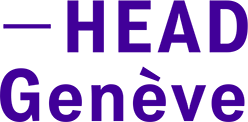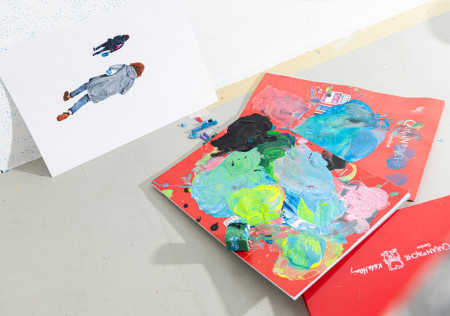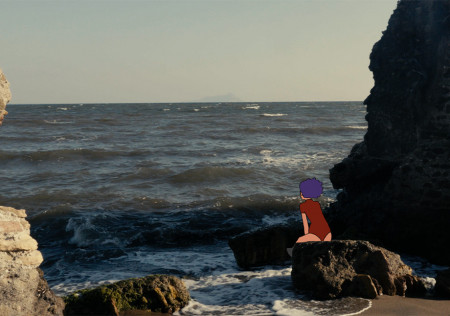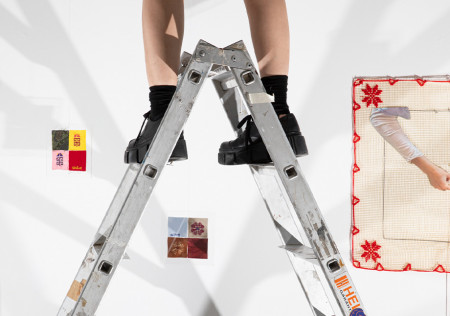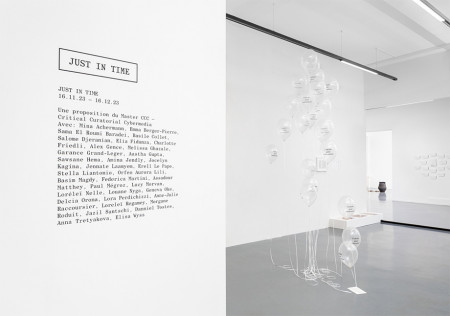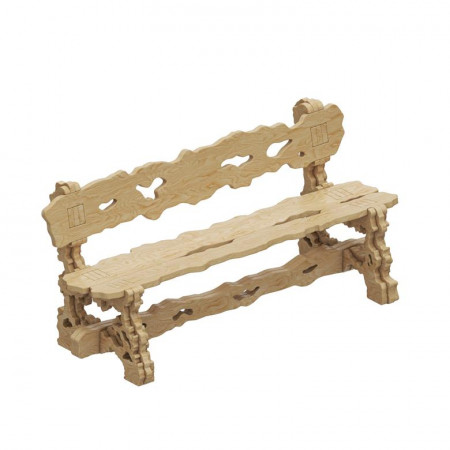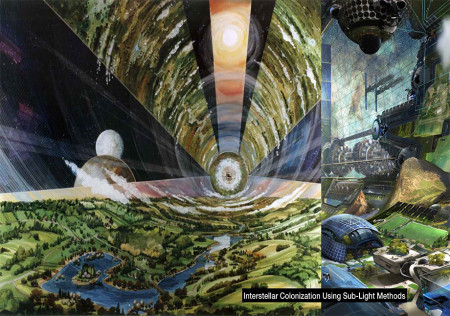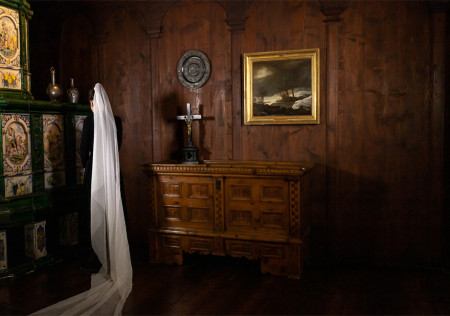- The school
- Studies and Research
- BACHELOR
- MASTER
- DOCTORATE
- RESEARCH
- TRANSDISCIPLINARITY
- POOLS
- CONTINUING EDUCATION
- Continuing education 2025-2026
- Artificial Intelligence, initiation
- Artificial Intelligence, Advanced
- Artificial intelligence open-source, ComfyUI
- Creative coding
- Engage with drawing
- Frame-by-frame animation
- 3D exhibition modeling in SketchUp
- 3D modeling, Blender
- Point cloud scanning
- Documentary podcast
- Serious games
- For students
- Studying at the HEAD
- InfoLab
- Living in Geneva
- Tuition fees and sholarship
- Library
- Regulations and instructions
- Projects
- Events
- Press
- Partnerships and prizes
Bachelor of Arts in Fine arts
2026 ADMISSIONS
Attend the Bachelor's program information sessions:
- Tuesday, January 17, 2026 - Open House - HEAD Campus
- Tuesday, February 3, 2026 - From 6:30 p.m. to 8 p.m. - Online
ANNOUCEMENT OF THE REFORM OF THE BACHELOR'S PROGRAM IN FINE ARTS
The Department of Visual Arts is currently undertaking a reform of the Bachelor’s program that aims to strengthen its pedagogical coherence, to improve the clarity of the curriculum, and to enhance its alignment with current visual art practices and the realities of professional environments. This restructuring, organized around four new options, affirms the rootedness of multiple practices while preserving the intermediality that characterizes the different fields of contemporary art. It also relies on a repositioning of the options, conceived in relation to types of production as well as spaces and modes of dissemination.
The new program will be effective as of the start of the 2026 academic year.
Further details about the new options will be available on the website as of mid-January 2026.
------------------------------------------------------------
The five options in the HEAD – Genève bachelor’s course in visual arts are run by teams of artists, theorists and curators from Switzerland and elsewhere. This innovative structure provides an approach that goes beyond the traditional divisions into media (painting, drawing, sculpture, photography, video, performance and new media), themes (bodies, spaces, images, interfaces, realities and reproductions) or methods (books, programmes, studios, projects, collective or individual initiatives). Its unusual groupings are based on the hybrid reality of contemporary artistic practice. The theoretical instruction provides a multivocal approach that blends readings across time, practices and disciplines of thought. The specialised classes, focusing on production, offer a high-quality interdisciplinary technical approach and a series of 1:1-scale artistic experiments.
Access to the schedule of the Department Fine Arts
Access to the website of the workshop in animated cinema
See all Fine Arts projects
Guide de l'étudiant-e-x Arts visuels 2025-2026 (only in French)
Head of Department
Scientific deputy
Options
Re/Production - images, documents, publishing
Circulation of images
Digital culture
Writing
Responsable
Assistants
Teaching staff
Invited speakers
Guest : Alfatih
[Inter]action - performances, writing, digital practices
Performances
Writings
Digital culture
The [Inter]action option explores the relationship between art and action, both from a concrete and a theoretical perspective. Here we seek to develop artistic work whose modus operandi is specific, because the form of the work is set in the here and now, in it’s making of. The Art/ Action option trans-cends disciplines, media and categories of representation (even though performance is perhaps its closest definition), paving the way for research and development focusing on creativity in action.
Responsable
Assistants
Teaching staff
Invited speakers
Josèfa Ntjam, Rashad Becker
Construction - sculpture, objects, installations
Sculpture
Objects
Installations
The Construction option offers a cross-disciplinary approach to sculpture, installation and space viewed in their broader context: the production of objects, assemblage, systems, media, public art, environments and sound. The option adopts a dual approach that closely integrates the place of the workshop within the school with the development of events outside its walls— in public spaces or in the context of international exhibitions—and offers a formal and conceptual initiation that seeks to align the student’s project and its gradual formalization with the cultural, social and political dimension of mutual acceptance, the collective and the city.
Responsable
Katharina Hohmann
Assistants
Teaching staff
Invited speakers
Roxane Bovet, Aimeric Baumann, Camille Farrah Bühler, Bastien Gachet, Paul Hutzli , Yoan Mudry, Émilie Parendeau, Maud Pollien, Swann Thommen
Information/fiction - photography, video, media
Photography
Video
Medias
The program ‘Information Fiction’ offers a multidisciplinary space for the production of visual and sound works (video/film, photography, sound, installation, performance). In the studio or during workshops, students learn to create multimedia narratives, compose sound and musical environments or hijack existing devices (artificial intelligence, social media, film, VR, etc.). Questioning the way in which they represent and share their vision of the world, artists in the making experiment with different media, while developing their own artistic language: How can I introduce doubt, conflict and desire into my work? How can I navigate my identity between autofiction, archives, the museum and VR? And what is the relationship between documentation and fiction, and feminist, ecological, decolonial and queer politics?
Responsable
Assistants
Lou Cohen
Teaching staff
Invited speakers
Rashad Becker, Garance Chabert, Randa Maroufi
Representation - painting, drawing, installation
Painting
Drawing
Installation
Using the specific tools of painting, drawing and installation, how can we think outside the framework of a blank canvas or sheet of drawing paper? Through the rationale of the workshop, this option engages with day-to-day creativity and issues of a theoretical nature. It offers a broad understanding of art and images viewed in their cultural, social and political context. Combining various other media and techniques—from publishing to the moving image and performance—this option leaves students’ suggestions open, rather than consigning them to a particular current or trend. Here, on the contrary, professors help to breathe life into evolving projects, responding in real time to the needs of evolving independent thought.
Responsable
Assistants
Teaching staff
Invited speakers
Emilie Ding, Fabrice Stroun
Theoretical teaching
Theoretical teaching, in the form of courses and seminars, provides a progressive approach that combines chronological readings using various artistic media (photography, video, performance etc.) and disciplines of thought (art history, philosophy, cultural studies and so on). Its purpose is to help students acquire knowledge and think critically. It is linked to the production of theoretical work and based on interdisciplinary research projects. Some of the courses are organized in partnership with other institutions (including the University of Geneva).
Teaching staff
Documents attachés
Specialized teaching
YEAR 1
Overture 1
The Opening 2 and Opening 3 modules offer the following courses
below:
- Drawing - Figuration, Exploring the server, Jean-Xavier Renaud
- Drawing - Representation, Pascal Berthoud
- Photography - Virginie Otth
-Video - Claude Piguet
- Screens - Hervé Graumann
-Color - Christian Robert-Tissot
-Edition/printing - Remi Brandon
- Ceramic - Christian Gonzenbach
-Three dimensions, Alois Godinat, Luc Mattenberger
YEARS 2 and 3
The modules Approfondissement 1, Approfondissement 2, Approfondissement 3 and Approfondissement 4 offer the following courses
- Writing practices, Emmanuelle Pireyre
- Basic sound / laboratory sound, Swann Thommen
- Video-base / video-laboratory, Claude Piguet
- Drawing-figuration, Jean-Xavier Renaud
- 100% Digital, Hervé Graumann
- Built object, Luc Mattenberger
- Intervenir-BIP, Claude-Hubert Tatot, Christian Robert-Tissot
- Practicing research collectively, Anne-Julie Raccoursier, Aurélien Gamboni
- Editing-artist's book, Pierre Leguillon, Laurent Kuhni
- Constructed drawing, Pascal Berthoud
- Virtual reality, Simon Senn
- Silk-screen printing, Thomas Perrodin
- Act: react, Christophe Kihm, Yan Duyvendak
- Exhibit, Katharina Hohmann
- Performer, Davide Christelle Sanvee
- Artist's book - Remi Brandon, Pierre Lequillon
- Photography practice, Aurélie Pétrel
Teaching staff
Pascal Berthoud Dit Gallon
Virginie Otth
Christian Gonzenbach
Magdalena Gerber
Swann Thommen
Olivier Riechsteiner
Virginie Otth
Christian Gonzenbach
Magdalena Gerber
Swann Thommen
Olivier Riechsteiner
Documents attachés
Degree awarded:
Bachelor of Arts HES-SO in Fine Arts
